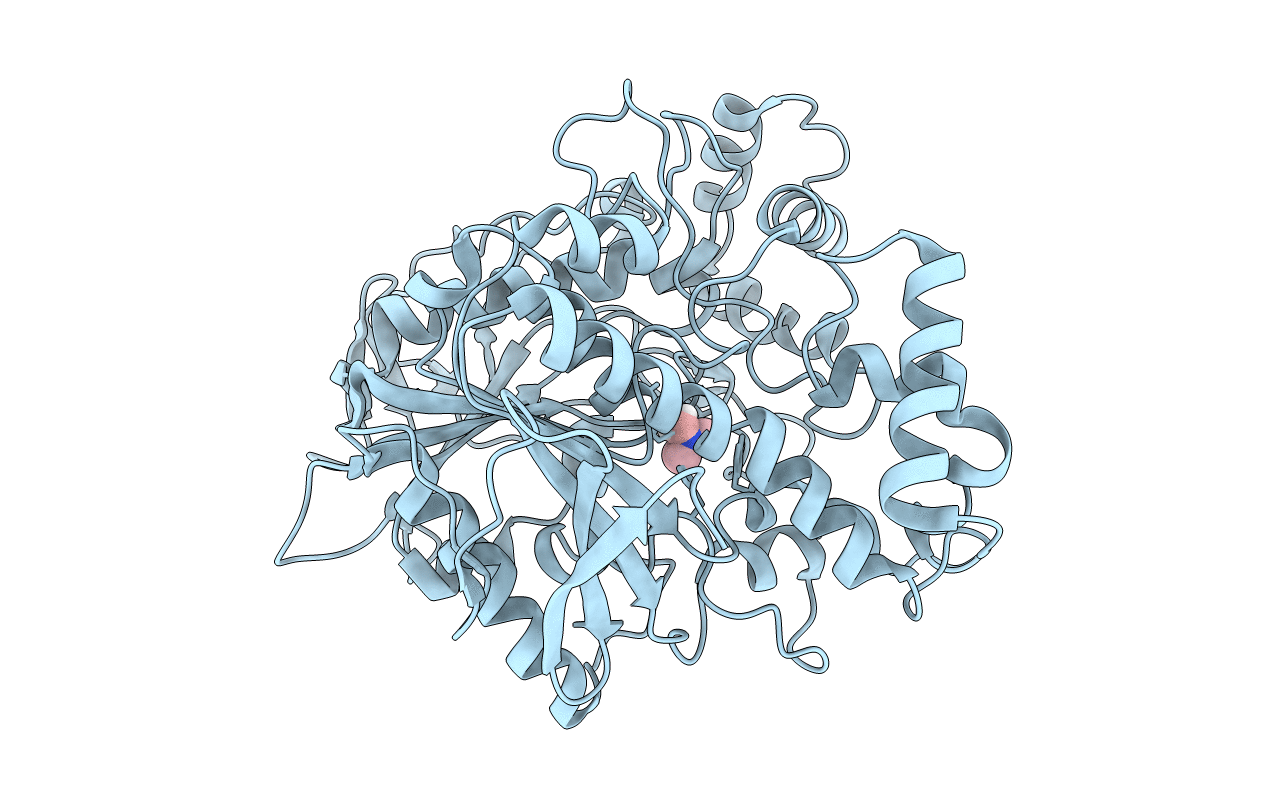
Deposition Date
2016-09-29
Release Date
2017-03-08
Last Version Date
2023-10-04
Entry Detail
Biological Source:
Source Organism:
Drosophila melanogaster (Taxon ID: 7227)
Host Organism:
Method Details:
Experimental Method:
Resolution:
2.15 Å
R-Value Free:
0.21
R-Value Work:
0.15
R-Value Observed:
0.15
Space Group:
P 21 21 21


